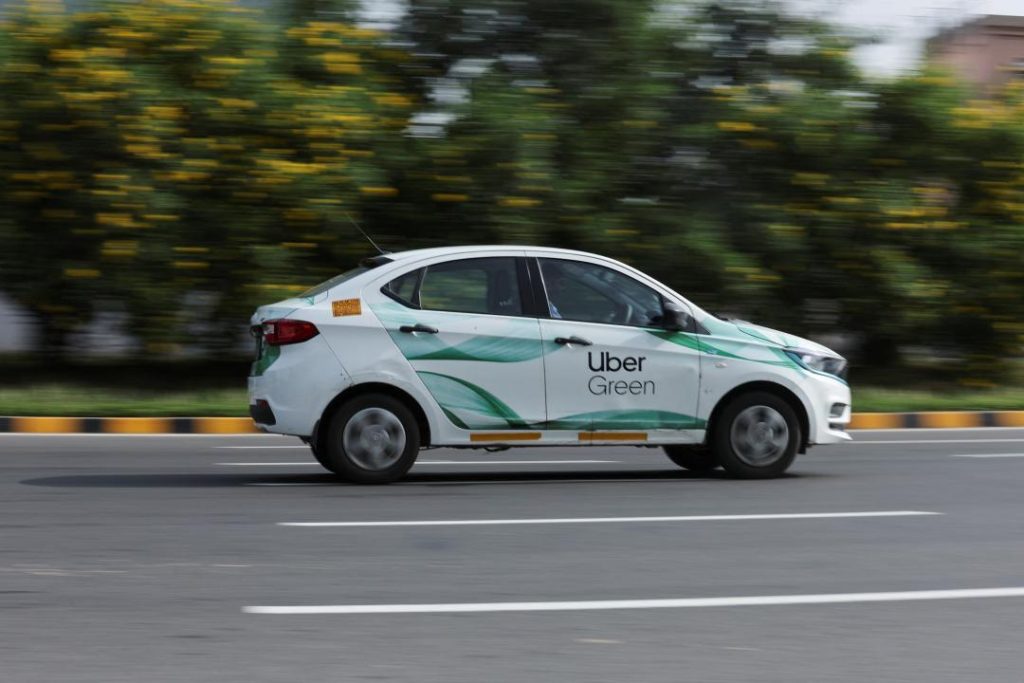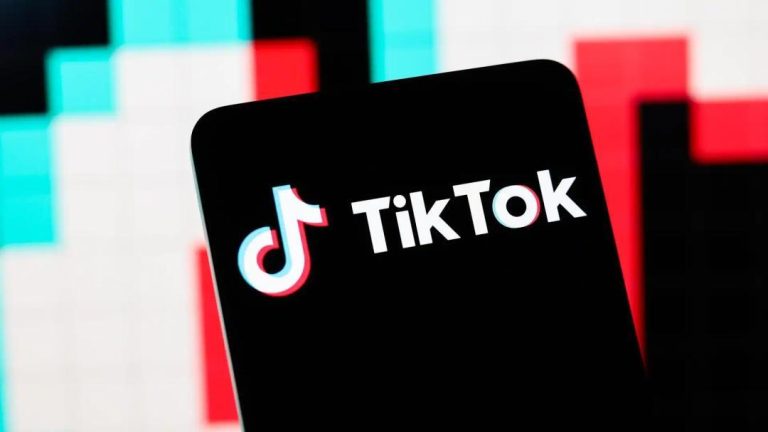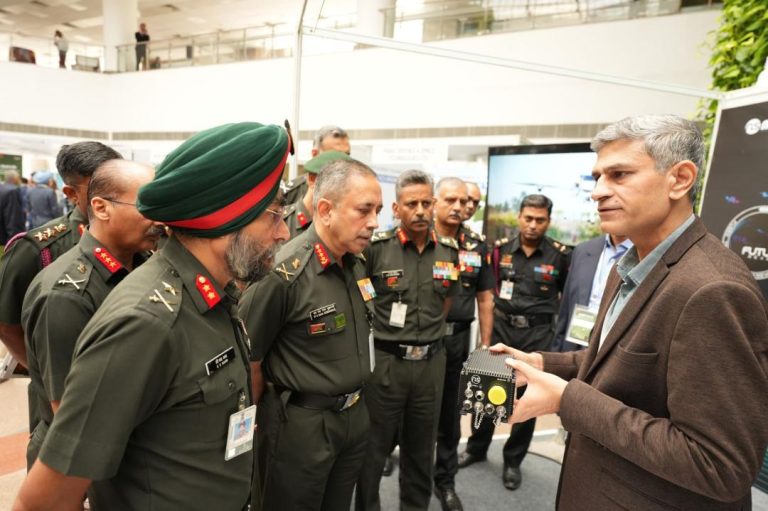
Why are Ola, Uber & Rapido drivers on indefinite strike in Mumbai?
Mumbai, the financial capital of India, has been witnessing a significant disruption in its transportation sector in recent days. The drivers of popular ride-hailing services such as Ola, Uber, and Rapido have gone on an indefinite strike, bringing the city’s commuters to a standstill. The strike, which started on a sudden notice, has resulted in longer wait times and fewer cabs on the road, causing inconvenience to thousands of passengers.
But what triggered this strike, and what are the demands of the drivers? In this blog post, we will delve into the reasons behind the strike and the concerns of the drivers.
The Strike: A Reaction to Unsustainable Earnings
According to reports, the drivers of Ola, Uber, and Rapido have been struggling to make a living due to the low earnings they receive after deducting aggregator commissions and fuel expenses. They claim that their actual income falls to just ₹8-12 per kilometre, which is unsustainable amid rising fuel and maintenance expenses.
The strike is a reaction to the increasing financial difficulties faced by the drivers, who are finding it challenging to make ends meet. The drivers have been demanding better pay, improved working conditions, and a reduction in the commission charged by the aggregators.
The Earnings Dilemma
The drivers’ earnings dilemma is a result of the commission structure adopted by the aggregators. According to industry reports, the commission charged by Ola and Uber ranges from 15% to 25% of the fare, while Rapido charges a flat fee of ₹10 per ride.
The drivers claim that even after deducting these commissions and fuel expenses, their earnings are minimal. For instance, a driver who completes a 10-kilometre ride earns around ₹80-100, out of which ₹40-50 goes towards fuel expenses, leaving him with a meager ₹40-50.
Rise of Fuel and Maintenance Expenses
The drivers’ earnings are further eroded by the rising fuel and maintenance expenses. With fuel prices soaring, the drivers are finding it increasingly difficult to maintain their vehicles, which are their primary source of income.
According to reports, the maintenance expenses of a taxi or an autorickshaw have increased by at least 20% in the past year, making it challenging for the drivers to keep their vehicles in good condition. The drivers are demanding that the aggregators reduce their commission rates to ensure that they can earn a decent income.
The Impact of the Strike
The strike has had a significant impact on the commuters in Mumbai. With fewer cabs on the road, passengers are forced to wait longer for their rides, leading to frustration and inconvenience. The strike has also affected the daily routine of thousands of people who rely on these services for their daily commutes.
The strike is not just a local issue; it has implications for the entire economy. The transportation sector is a critical component of the economy, and any disruption can have far-reaching consequences. The strike is a wake-up call for the aggregators and the government to take cognizance of the concerns of the drivers and address them promptly.
The Way Forward
The strike is a clear indication that the drivers are fed up with the unsustainable earnings and are demanding change. The aggregators and the government must work together to address the concerns of the drivers and find a solution to this crisis.
The aggregators must reduce their commission rates to ensure that the drivers can earn a decent income. The government must also play a proactive role in addressing the concerns of the drivers and providing them with better working conditions.
In conclusion, the strike by Ola, Uber, and Rapido drivers in Mumbai is a reaction to the unsustainable earnings and the increasing financial difficulties faced by the drivers. The aggregators and the government must work together to address the concerns of the drivers and find a solution to this crisis.






